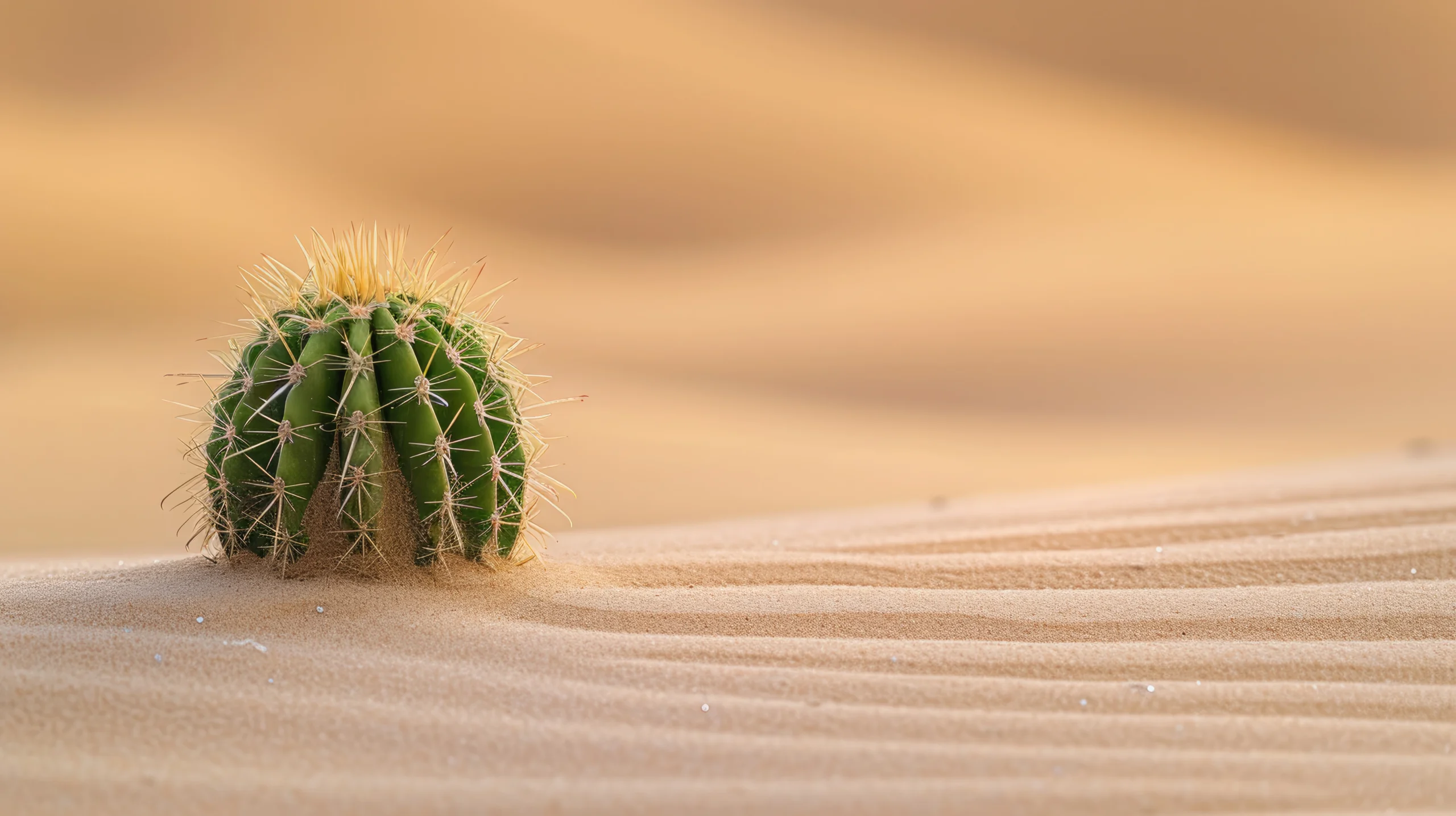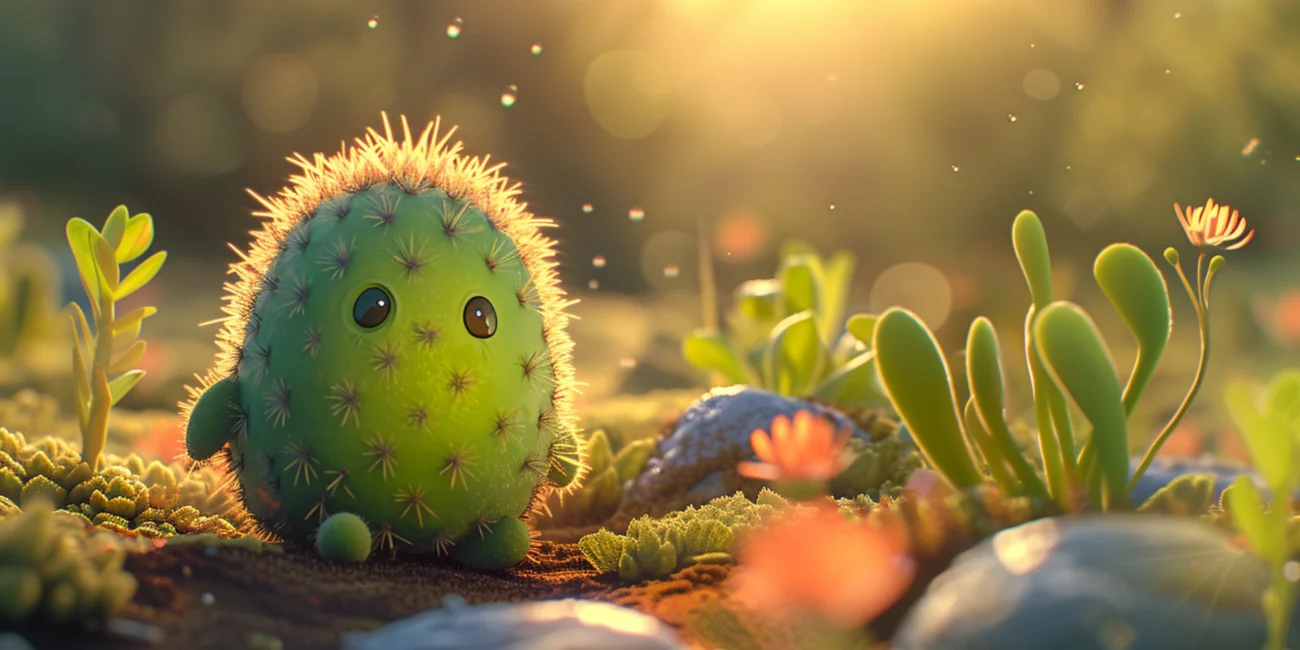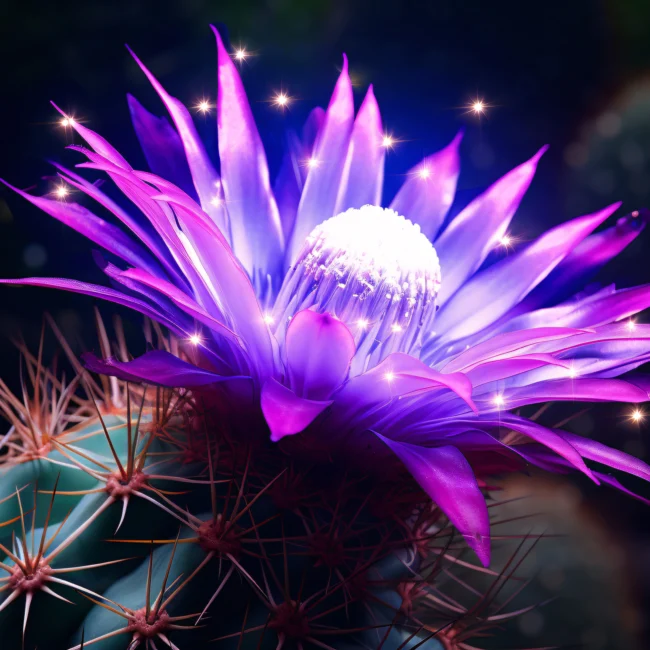
People assume the desert is all dry and beige, but that couldn’t be further from the truth. There
are greens in every shade — from soft, dusty sage to rich, deep olive. Spring brings out yellows,
orange blooms, coral tones, and pops of fuchsia. And the sky? It shifts all day long. Blush pinks
in the morning, lavender and slate blue at sunset, moody turquoise after a monsoon.
Sometimes it reminds me of a DeGrazia painting — soft pastels, layers of warmth, and emotion
without effort.
One of the first things I noticed when I moved here was how the clouds move over the
mountains. The shadows shift constantly. The light changes every few minutes. The whole
landscape feels alive — but in a quiet way. You have to be still long enough to see it.
And then there’s the smell after it rains — that fresh, earthy scent that rises up from the creosote
bushes. If you’ve never smelled it, it’s hard to explain… kind of like the desert just stepped out of
the shower. Clean, grounded, and a little wild. It’s one of those things that makes you stop and
take a deeper breath.
It’s basically impossible not to notice the cactus out here — especially the saguaros. They’re
everywhere. In some parts of Arizona, they tower overhead like sculptures with ten arms, wild
shapes, and more presence than you’d expect from a plant. You don’t need to go searching for
them — they’re part of the landscape. But once you start paying attention, you realize how
many different kinds of cactus there are, and how much personality each one seems to have.
Honestly, there are so many types of cactus you can’t walk through the desert without watching
where you’re going or you’ll walk right into one. Ouch!
Saguaro
Everyone recognizes the saguaro — tall, iconic, with arms reaching toward the sky like desert
sentinels. It might be one of the first things people imagine when they picture Arizona or the
Sonoran Desert. What most don’t realize is how incredibly slow and steady their growth is. In
the first ten years, a saguaro might only grow an inch. It can take up to 50 years to sprout a
single arm, and 75 to 100 years before they begin to branch out into the classic silhouettes we
all know. Some live more than 200 years and reach staggering heights — the tallest ever
recorded stood at 78 feet.
Each spring, they bloom at the crown with bright white blossoms — Arizona’s official state
flower. When they do, the desert transforms. Their flowers open for just 24 hours at a time, but
because new buds appear daily through May and June, the bloom cycle stretches for weeks. If
you’re in Arizona this time of year, it’s impossible to miss. Saguaros in bloom are everywhere,
and the sight is enough to make you pull over, pause, and take it in.
Their thick, pleated skin isn’t just for looks — it’s designed to expand and store thousands of
gallons of water. Still, it’s not the kind of water you can drink. Inside, the texture is more like
dense, fibrous pulp — built entirely for their survival. In Arizona, it’s illegal to harm a saguaro,
and for good reason.
These towering giants are protected — and they’ve earned it.
Crested Saguaro
Every so often — in about 1 out of every 10,000 saguaros — something rare happens. Instead
of growing tall and straight with arms, the top of the cactus fans out into a shape that looks like a
crown, a wave, or sometimes even a brain. These are called crested, or cristate, saguaros —
and they stop you in your tracks.
No one fully understands why the mutation occurs, but it’s considered so special that there’s an
actual organization — the Crested Saguaro Society — dedicated to documenting their
locations. You can’t just join because you like crested saguaros. To become a member, you
actually have to own one. Not admire it. Not live near it. Own it. I guess technically you could
buy your way in — but only if you are buying the cactus itself.
There’s one in my neighborhood that I walk by and secretly covet. I wonder if the owners know
they have a treasure standing proudly in their yard. If you ever stumble across this special
desert icon, take a picture. Seeing one is that rare! Truly, these are the unicorns of the desert.
Prickly Pear
Don’t let the spines fool you — the prickly pear cactus is the workhorse of the desert. It’s all over
Arizona, and it’s as functional as it is beautiful. The prickly pear cacti grow in wide, layered pads
that look like open hands. In late summer, they start to produce fruit — deep pink, sometimes
almost red. It’s striking against the muted greens and sandy tones of the desert.
The wide, flat pads can be grilled or sautéed like a veggie (after scraping the spines, obviously),
and the fruit — called tuna — is deep pink and tangy-sweet. It stains your hands, your clothes,
your cutting board… and it’s worth it. People turn it into jelly, syrup, or juice, but it takes effort to
get right.
You can make jelly or syrup out of the fruit, but it takes effort. Gloves, tongs, patience. It’s
beautiful, but it doesn’t make it easy for you.
Simple Prickly Pear Syrup – 6–8 peeled fruits – 1/2 cup water – 1/4 cup lemon juice – 1 cup sugar
Blend and strain the fruit, then simmer it with the rest of the ingredients for about 20 minutes
until it thickens. Let it cool and store in a jar. The flavor is bright, earthy, and completely unique
to the desert.
Javelinas, a desert peccary that people mistakenly call a pig, eat the whole thing raw, spines
and all. How? No idea. But they’re clearly built different.
Teddy Bear Cholla (aka Jumping Cactus)

From a distance, the teddy bear cholla looks soft — almost fuzzy. It catches the sunlight and glows, which is probably why so many people are tempted to get close.
But it’s also known as jumping cactus, because the segments detach so easily they seem to leap onto you. You don’t even have to touch it — sometimes just brushing near it is enough. The spines are barbed and tough to remove. It’s not dangerous, but it’s persistent.
And when it dies, what’s left behind is beautiful. The cholla skeleton — a hollow, woody tube with a natural lattice — is often used to hold air plants, decorate homes, or even make rain sticks. It’s desert art in its rawest form.
This is one of those desert plants that reminds you: in Arizona, even the soft-looking things have boundaries.
Night-Blooming Cactus

Some desert flowers only come out at night — literally. The Queen of the Night (Peniocereus
greggii) usually blooms once a year, between late May and mid-July. The flowers begin to open
around dusk and are often in full bloom by evening. By morning, they’ve already faded.
It’s easy to miss — which makes it feel even more magical. Some places, like Tohono Chul in
Tucson, host an annual “Bloom Night” and open their gates so members can witness it. It’s not
really about staying up all night — it’s more of an early evening or sunrise moment. Quiet, rare,
and unforgettable.
Barrel Cactus
Barrel cactus are round and ribbed, almost like oversized melons bristling with spines. They
lean toward the sun as they grow, often tilting westward — which has earned them the
nickname “compass cactus.” They bloom with bright flowers in yellow or orange, usually forming
a crown at the top of the plant.
Barrel cactus are some of the easiest to spot and photograph, especially in the spring and
summer months when their vivid blooms pop against the dusty desert floor. While some desert
survival myths suggest you can get water from them, the reality is less cinematic — their interior
is thick and pulpy, not ideal for hydration. But they’re striking, tough, and full of character —
Nothing loud. Nothing attention-seeking. Just solid, grounded presence.
Organ Pipe Cactus
The organ pipe cactus is tall and columnar, like a pipe organ rising from the desert floor. Native
to the Sonoran Desert, this cactus grows multiple tall arms that reach straight upward rather
than arching like a saguaro. It’s more common in the southern part of Arizona and into Mexico,
especially in the Organ Pipe Cactus National Monument.
These cacti bloom at night with large, creamy white flowers that attract bats and moths. Their
fruit is edible and was once harvested by Indigenous peoples of the region. Because they grow
in warmer, lower-elevation areas, they’re less widespread than saguaros — but when you see
one, you’ll know. They stand out, majestic and architectural against the desert skyline.
If You Want to See Cactus Up Close
Here are a few of my favorite places to wander and see the cactus for yourself:
● Tohono Chul (Tucson): Quiet, shaded, peaceful — a personal favorite.
● Desert Botanical Garden (Phoenix): Gorgeous light and layout, especially near sunset.
● Saguaro National Park (East & West): Saguaros as far as the eye can see. Expansive
and timeless.
● Arizona-Sonora Desert Museum (Tucson): Trails, animals, crested sightings — it has
it all.
● Boyce Thompson Arboretum (Superior): Beautiful mix of native and global plants. A
hidden gem
The Desert is Blooming Haiku
Pricks, a reminder —
Not all flowers are roses.
Love can fucking hurt.
by Cyan
Desert Survival Tip
The desert is beautiful — but it can also be unforgiving. If you ever find yourself in a survival
situation out here, knowing a few basics could make all the difference. While saguaros and
barrel cactus aren’t a source of drinkable water, you can collect condensation in certain
conditions.
One method: dig a shallow hole near the base of a plant or in shaded soil, cover it with plastic,
and place a small container in the center. Over time, condensation can collect beneath the
plastic and drip into the container. It won’t be much, but in a survival scenario, it could matter.
Just remember: the desert protects its own. The cacti are here for their survival, not ours.
Closing Thoughts: Cactus, Reinvention, and the Sonoran Desert
The cacti of the Sonoran Desert are more than just plants — they’re symbols of resilience,
patience, and quiet strength. Each one tells a story of survival in harsh conditions, of blooming
boldly when the time is right, and of holding water — and wisdom — in their core.
For women evolving themselves, there’s a powerful metaphor here. Growth doesn’t always look
dramatic. Sometimes it’s slow, steady and unseen. Sometimes we hold our strength quietly,
blooming only when the conditions are right.
Evolving, restarting, and reinvention all take time. You might not see daily progress, but it’s
happening — even when our eyes don’t register a change. When you trust that your consistent
effort is working, and everything is happening for you, not to you — transformation begins.
Then, one day, you realize you are no longer the same. You’ve evolved into so much more. Not
because you rushed… but because you stayed the course and trusted in the process. This is
how the desert moves.
The desert isn’t empty. It’s rich with color, life, and lessons — if you’re willing to slow down and
pay attention. So next time you’re here, stop and look closer. The wildflowers, the scent after
rain, the curve of a cactus arm — it’s all speaking. It’s all inviting you to soften, to strengthen,
and to become what you were destined to be.


Leave a Reply